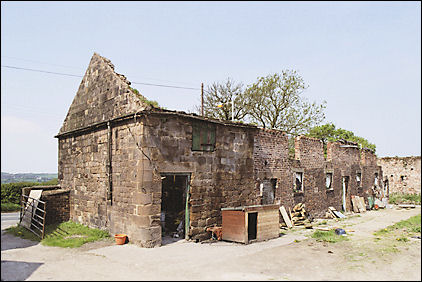![]()
|
Index of all listed buildings |
|
Listed Buildings in Stoke-on-Trent and area Barn & Stable Range, Brindley Ford, Burslem
"Around the same time as the rise of the Methodist New Connexion, another wave of revival swept into the new towns. Its leading figures were Hugh Bourne and William Clowes. Hugh Bourne, was born at Ford Hayes Farm, Bucknall, on April 3, 1772. He was a shy man who, until his conversion in 1799, lived with an intense fear of falling into hell. By the year 1800, he had moved to live in Harriseahead, a village to the north of the present city. Towering above Bourne's new home was Mow Cop, a "bald hill" rising to 1,091 feet above sea level, with commanding views over the Cheshire plain. Bourne was shocked at the moral state of his new neighbourhood, saying, "There was not in England a neighbourhood that was more ungodly and profane. A stranger could hardly go over Harriseahead without insult and sometimes not without injury." Against this background, Bourne met for prayer and Bible study with other Methodists, and flames of revival broke out in 1801, spreading quickly through the northern towns of the Potteries and beyond. William Clowes was born in Burslem on March 12, 1780, a relative of Josiah Wedgwood on his mother's side. William became a highly skilful master potter, as well as a notorious drinker, gambler, womaniser and fighter, but was remarkably converted at an evangelistic meeting in Congleton in 1804, following what Hugh Bourne described as yet another "extraordinary outpouring of the Spirit." Clowes was to become a powerful evangelist and a leader in the revival." "Treasures in Jars of Clay" © 1994 Robert Mountford.
|
||||||||||||||||||||

